Parks Most Endangered

Most Endangered Parks
This year the National Parks Conservation Association listed the following parks as the most endangered parks. I included the main reasons and they are linked to the National Park Service sites.
Big Thicket National Preserve- a timber company is selling land that surrounds the park. If the new buyer decided to clear cut the land it could have adverse effect on the Big Thicket National Preserve.
Denali National Park and Preserve- allowing motorized access into certain parts of the park that are closed to motorized access. This could affect the wildlife. Also potentially building a $200 million dollar road on the North side of the park could affect the caribou herds and wolves.
Everglades National Park - which is one of the worlds largest fresh water marshes faces many problems including pollution, low water levels, and poor enforcement of regulations.
Glacier National Park - our spectacular park in Montana along the Canadian border is facing threats from mining, more highways along the southern border, and potential pollution from oil and gas companies sites right outside the park.
Great Smoky Mountains National Park - air pollution is a major problem here. This park has lots of acid rain, haze, and ozone. Not the kind of "Smoky" that we need in this park. Please tell the Tennessee Valley Authority to clean up it's power plants like it promised and then didn't.
Joshua Tree National Park - development and a potential large land fill that is bordered by the park. This could cause air pollution, noise and light pollution.
Ocmulgee National Monument - this national monument , near Macon, Georgia, has evidence of 12,000 years of human habitation in and around this site. Chronic underfunding and development around the site puts priceless artifacts at risk.
Shenandoah National Park - air pollution has cut the views from the parkway from 100 miles to as little as one mile on some summer days. Also acid rain affects the trees and wildlife such as brook trout. Coal and oil burning power plants need to update their pollution control equipment.
Virgin Islands National Park - potential development near the park could cause damage to coral reefs, mangrove shorelines and critical bird habitat. Also Government regulations need to be enforced including a no-take zone (no fishing zone) in and around the Virgin Islands Coral Reef National Monument.
Yellowstone National Park - pollution due to snowmobiles in the winter (which have caused some park rangers use hearing protection and wear respirators while working around all the pollution and noise caused by the snowmobiles). Also there is a risk of potential large coal fired power plant near Yellowstone which could cause air pollution.
The National Parks Conservation Association was founded in 1919 to protect our National Parks.
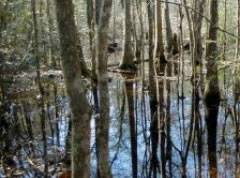
Big Thicket National Preserve Photo
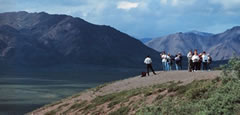
Denali National Park Photo
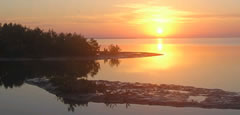
Everglades National Park Photo
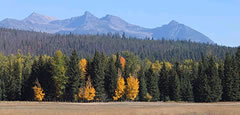
Glacier National Park Photo
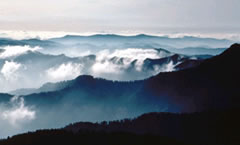
Great Smoky Mountains NP Photo
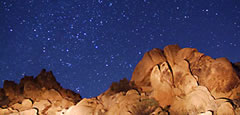
Joshua Tree National Park Photo

Ocmulgee National Monument Photo

Shenandoah National Park Photo
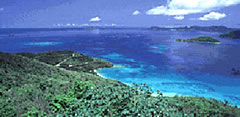
Virgin Islands National Park Photo
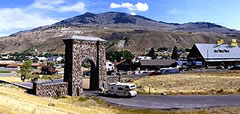
Yellowstone National Park Photo